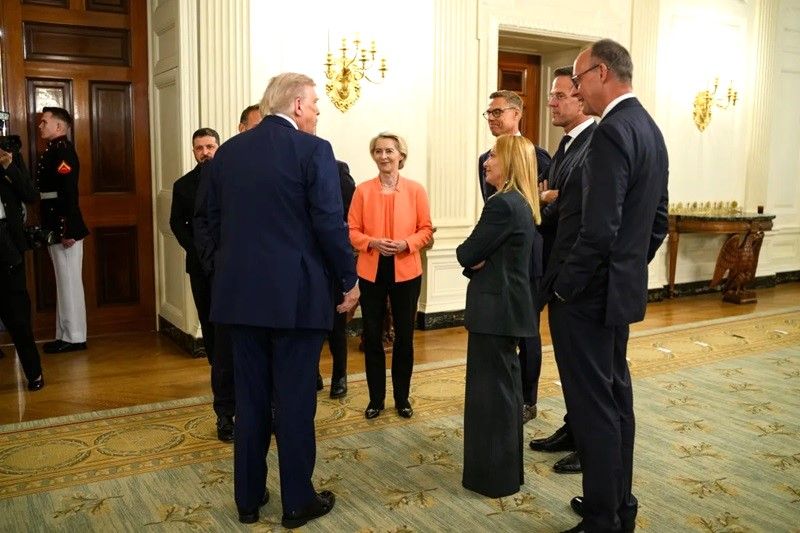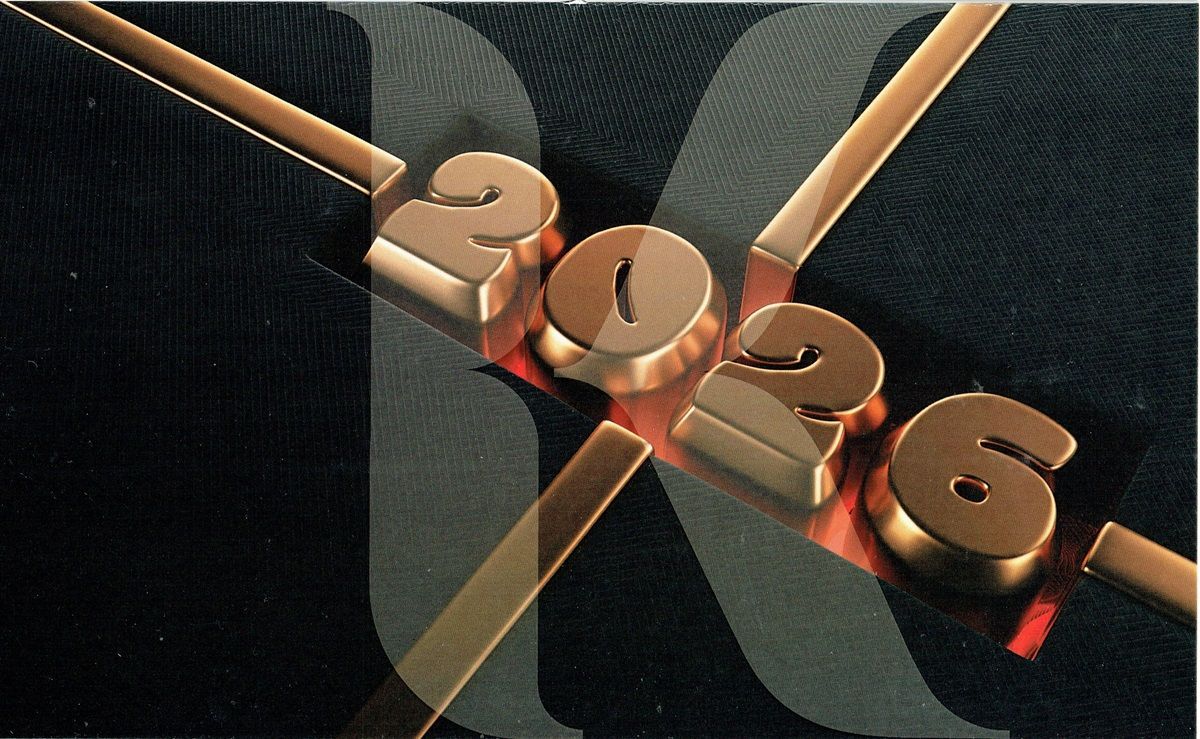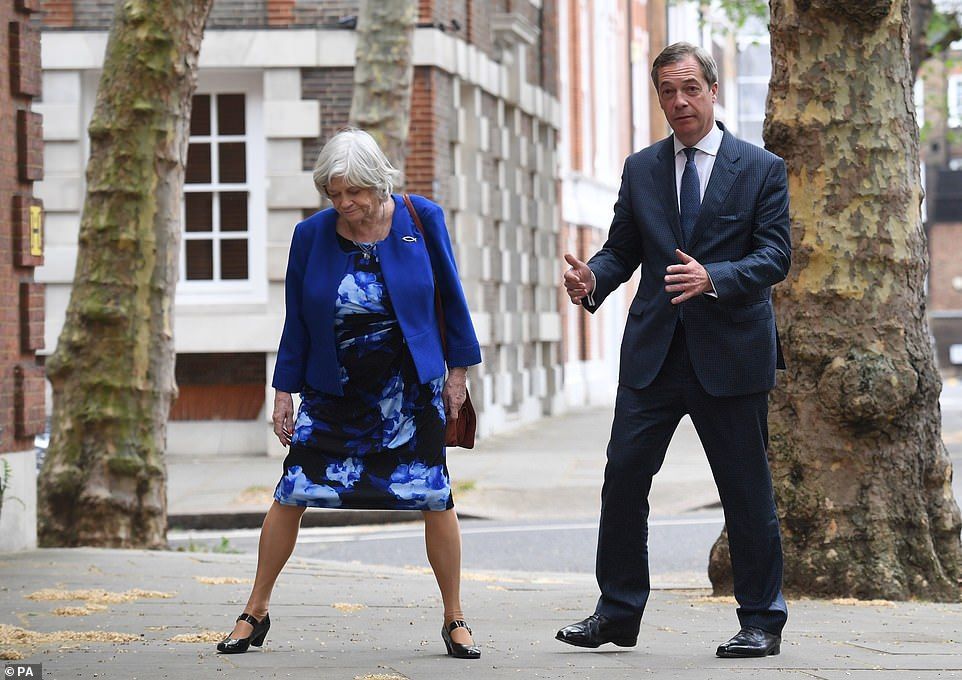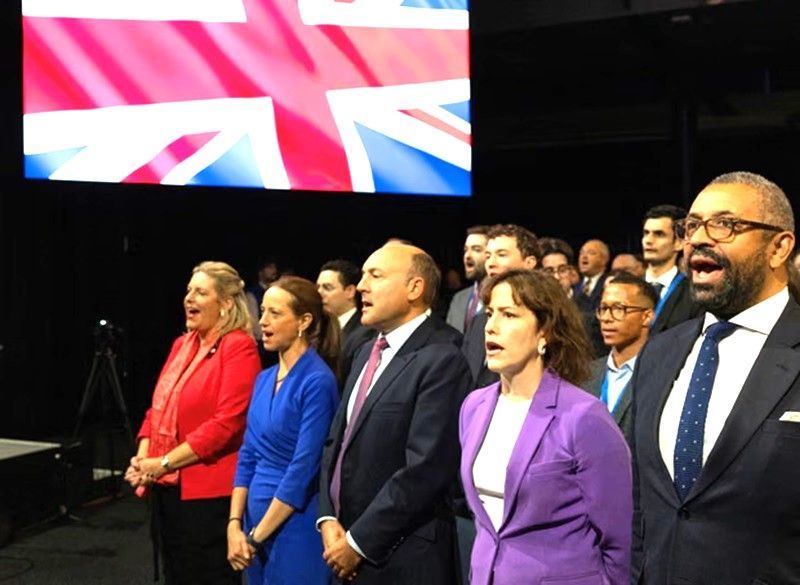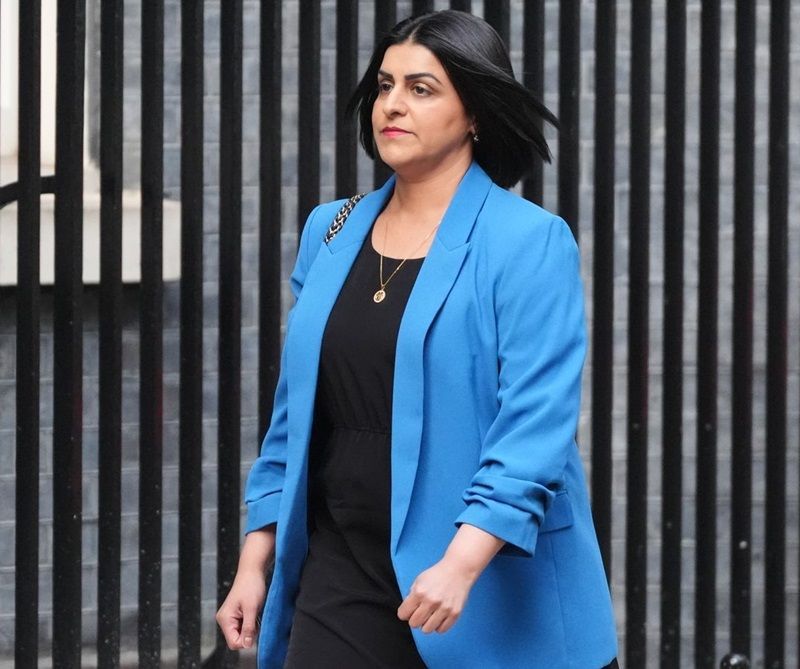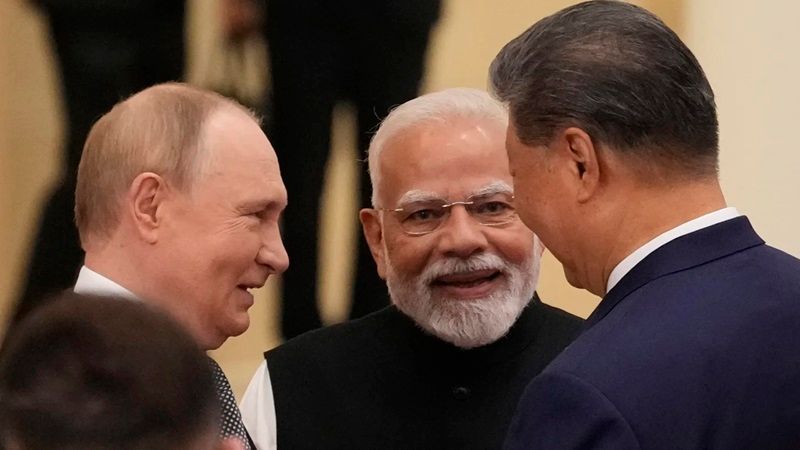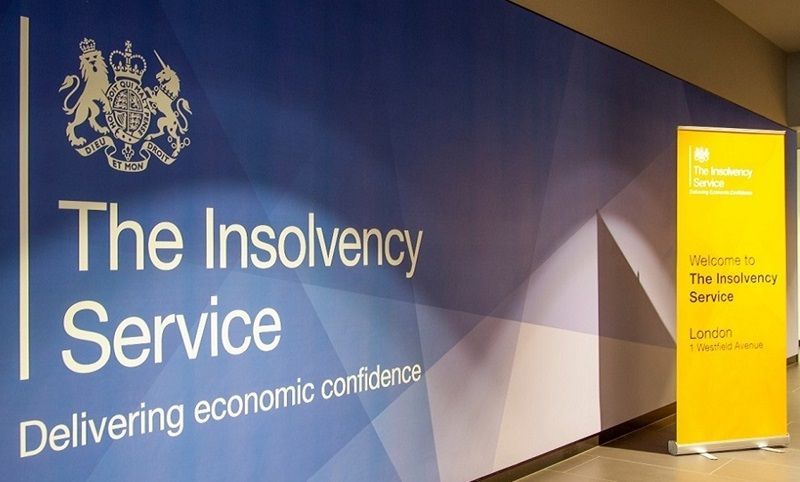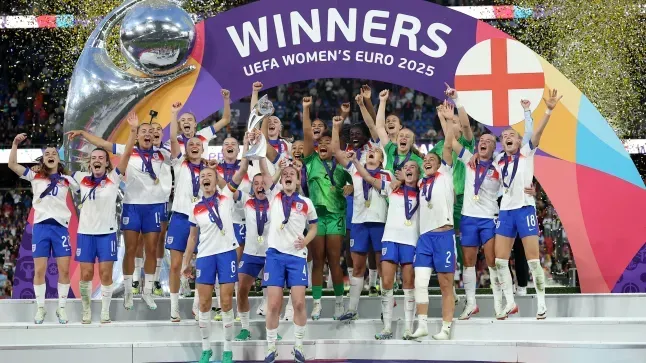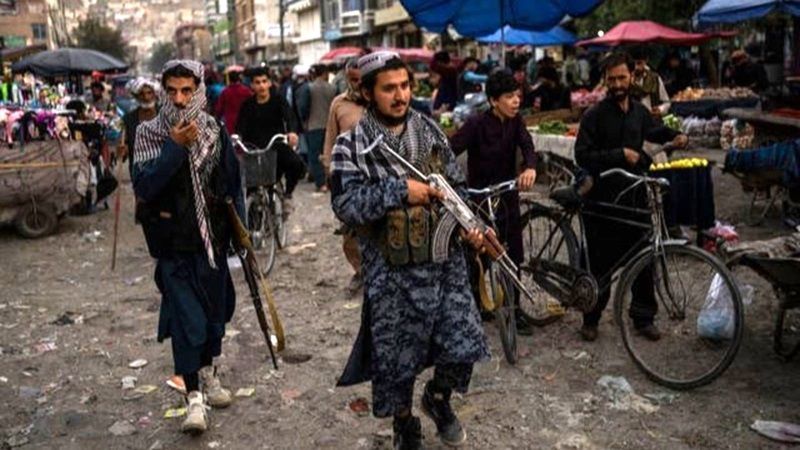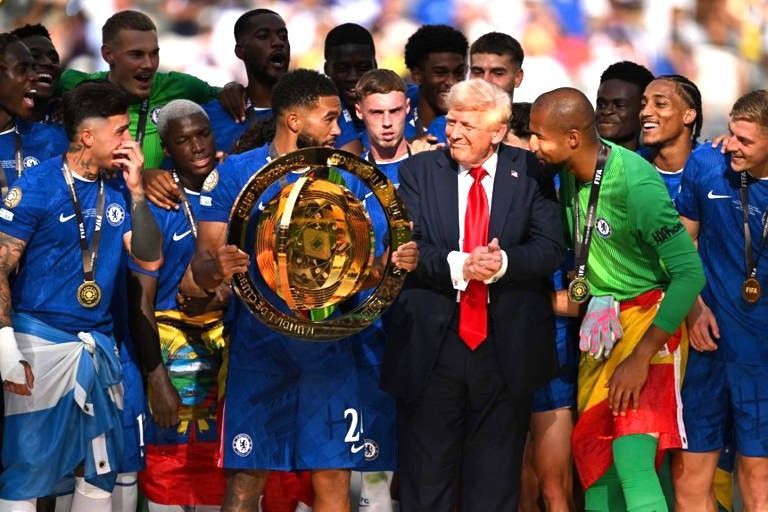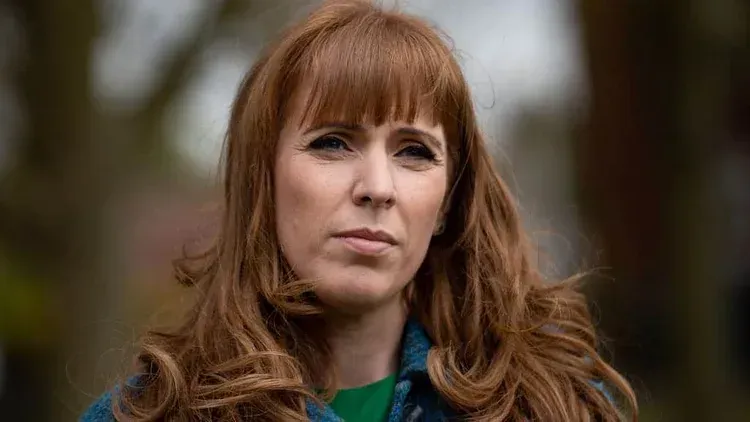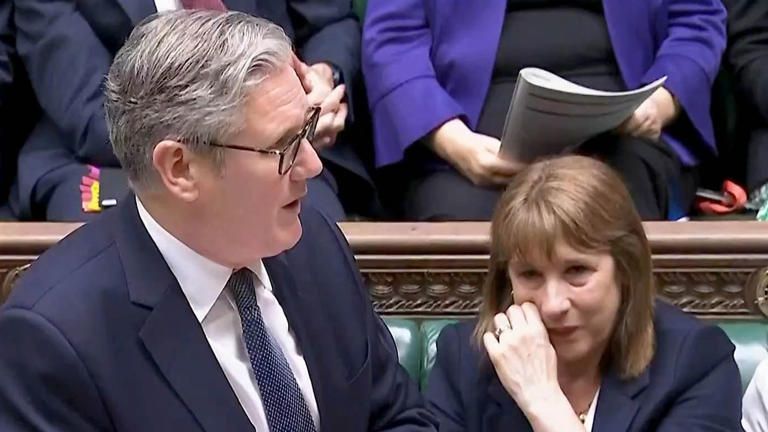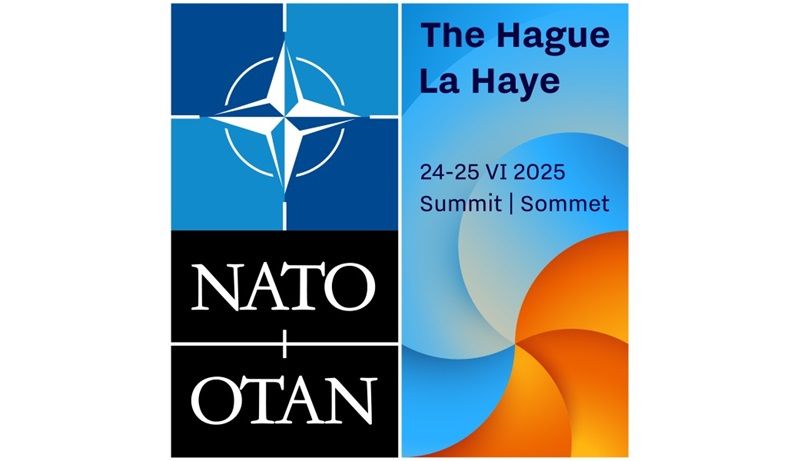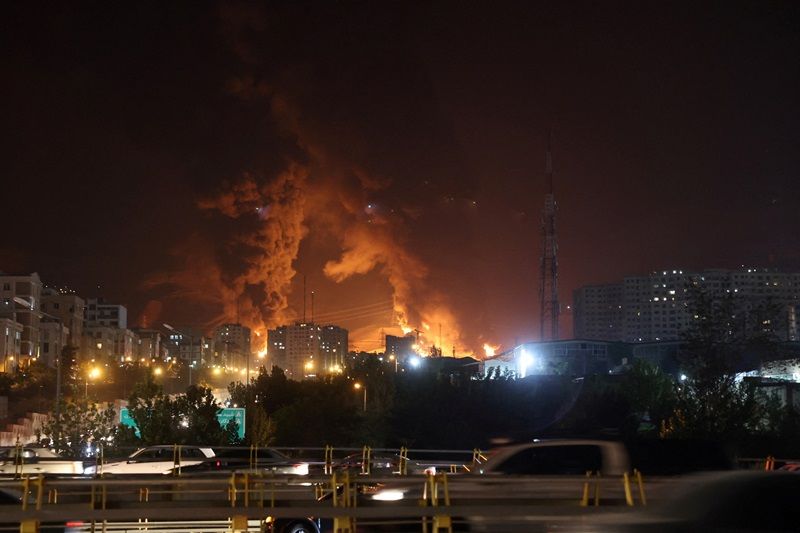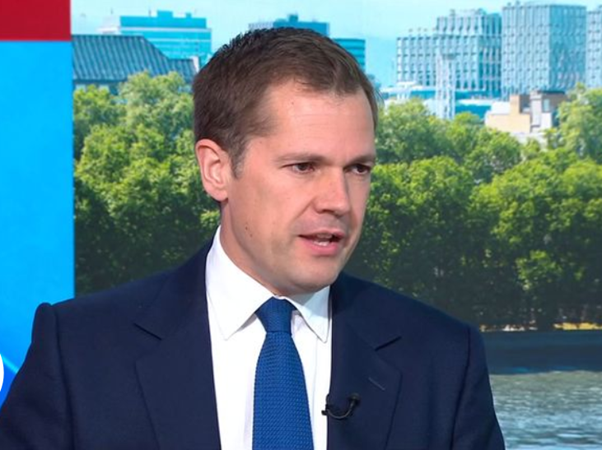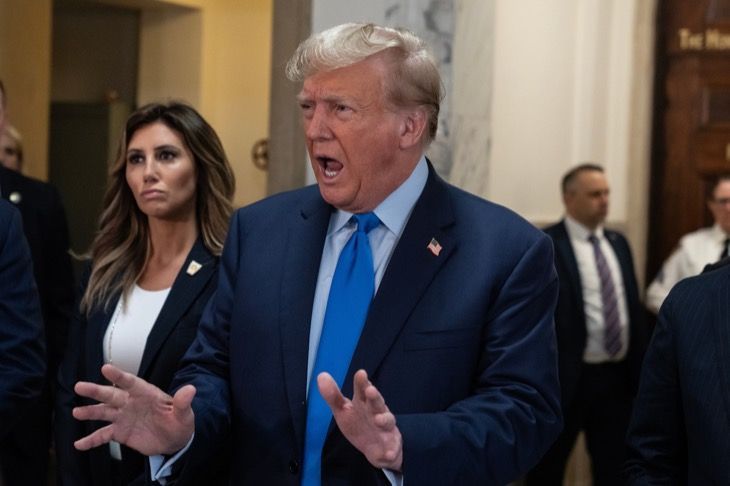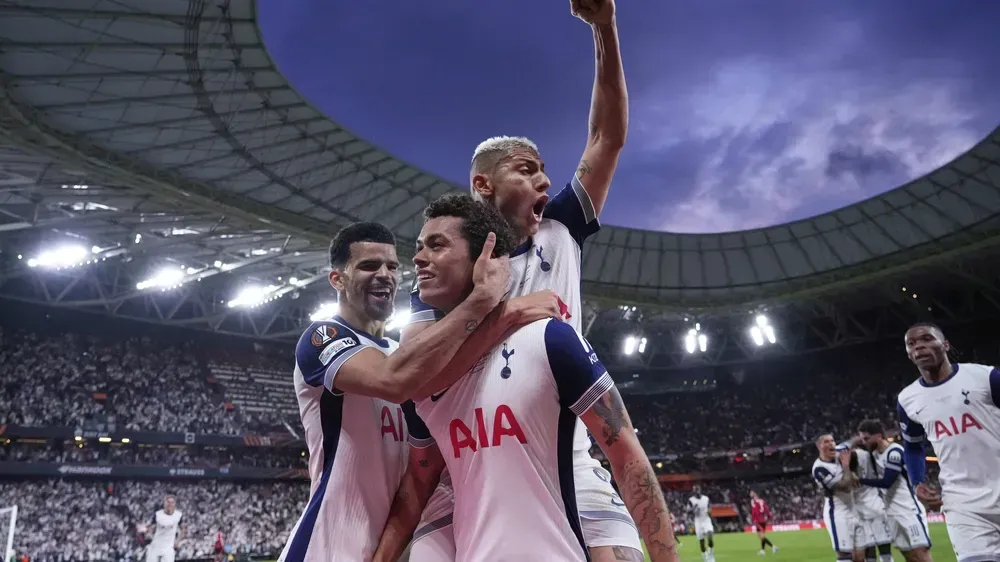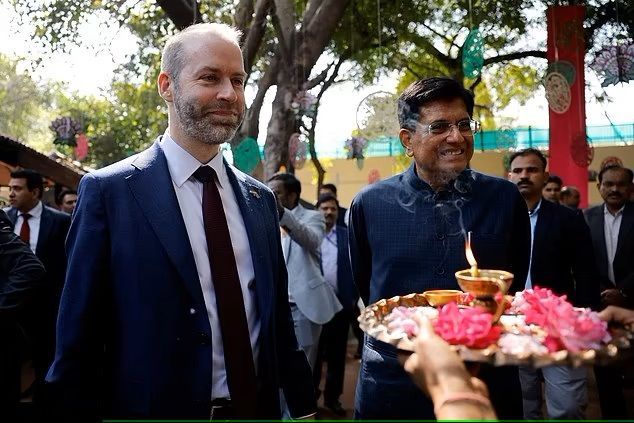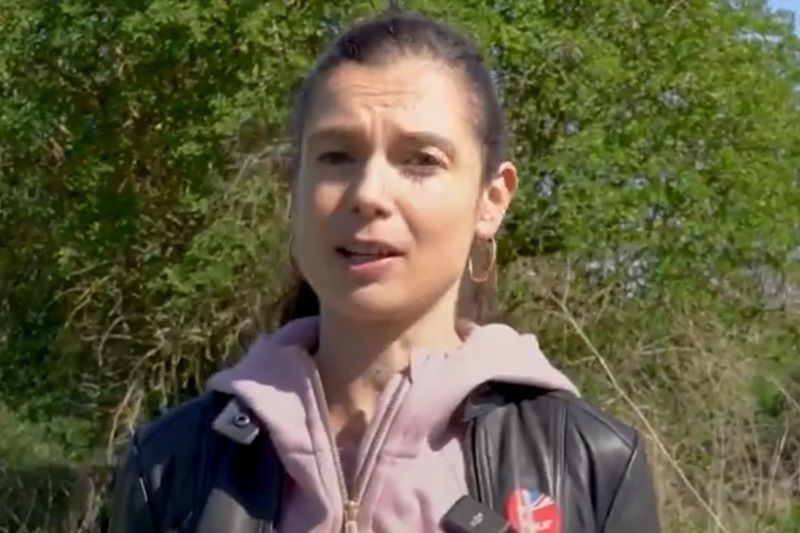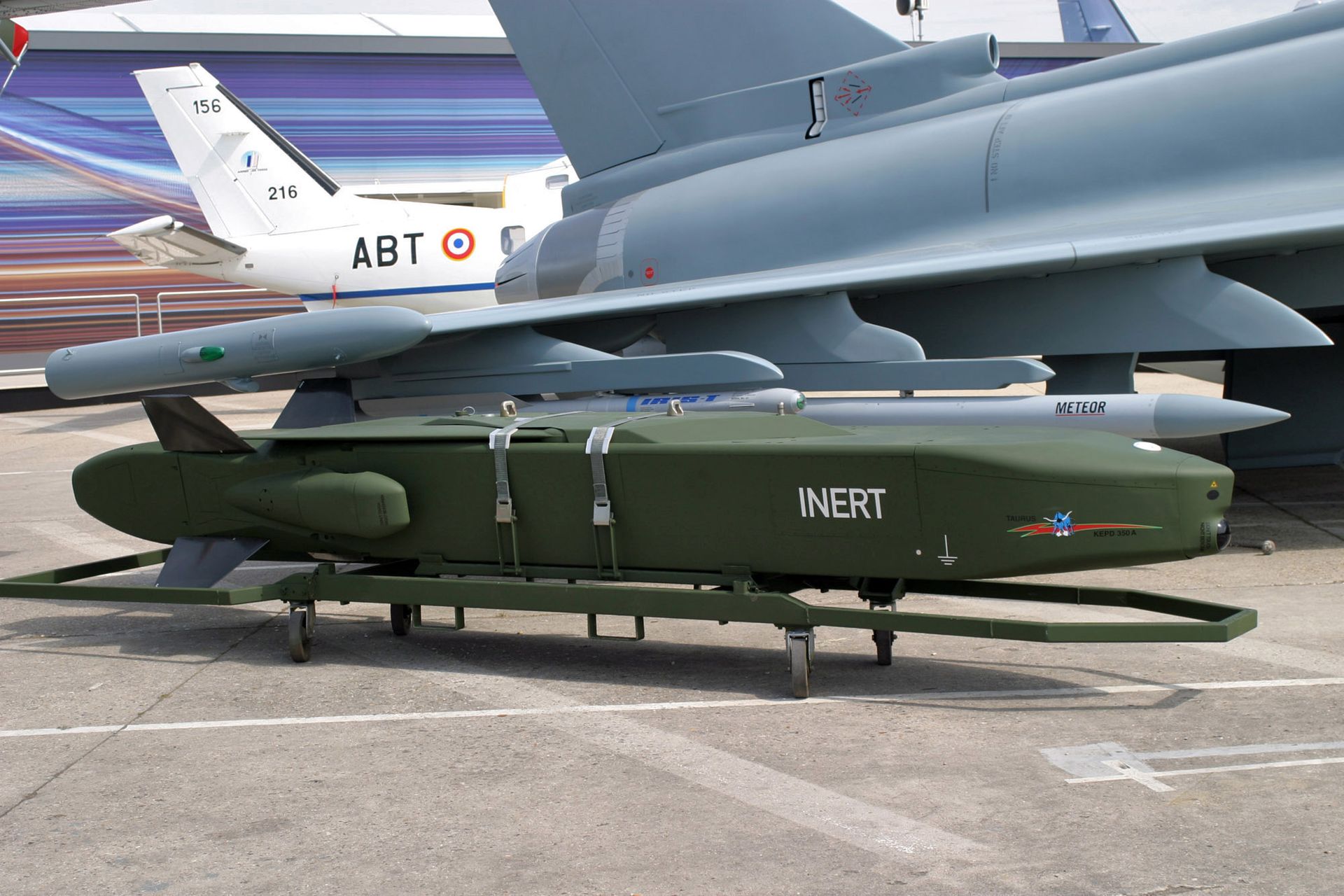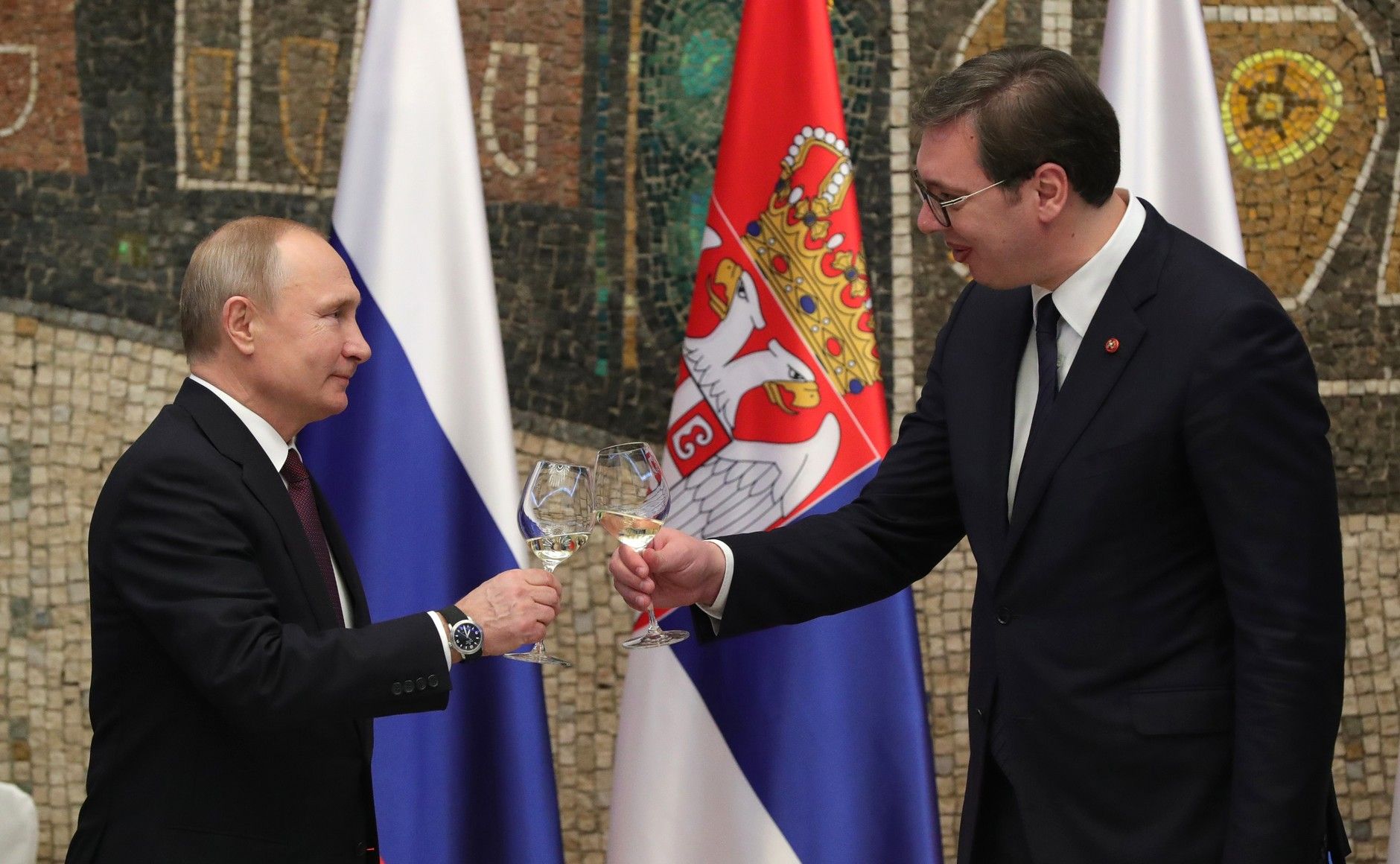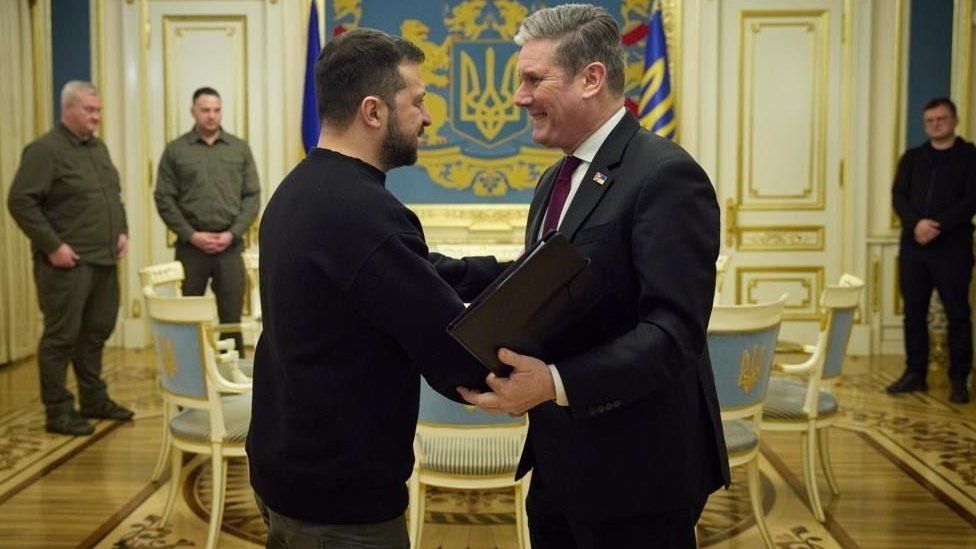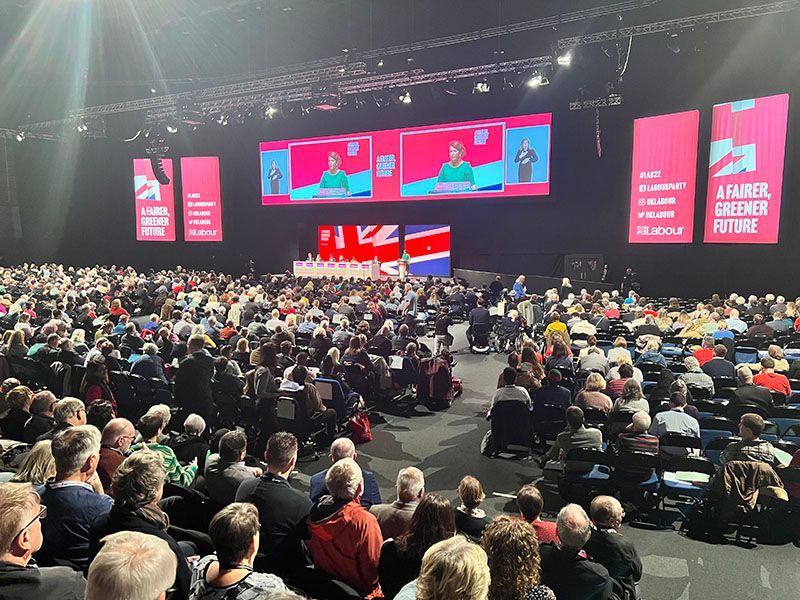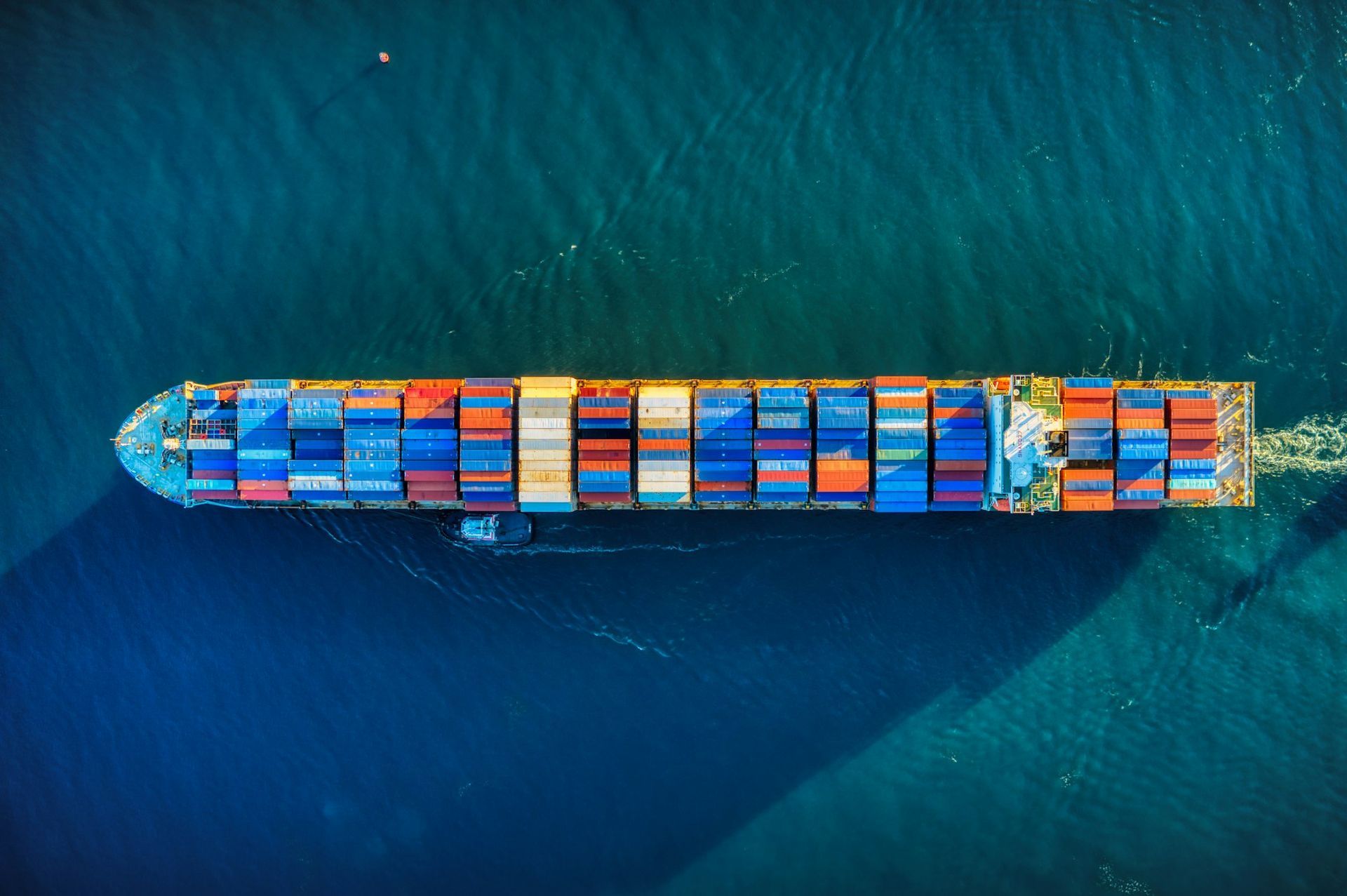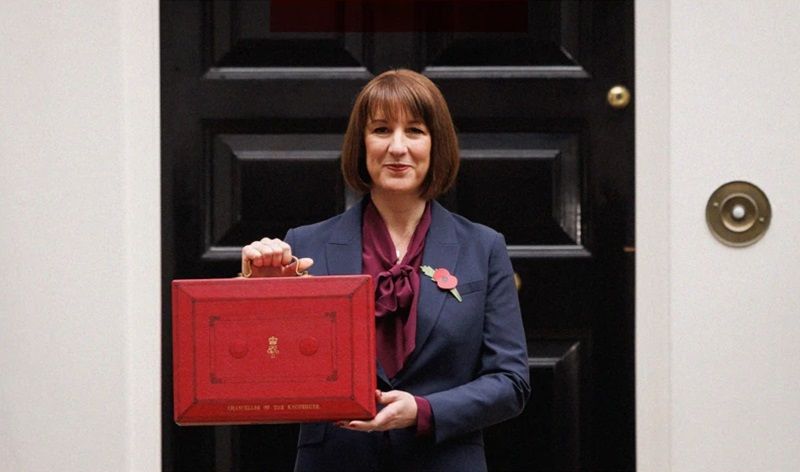2nd AGREEMENT SIGNED BETWEEN PRO-RUSSIAN REBELS AND KIEV
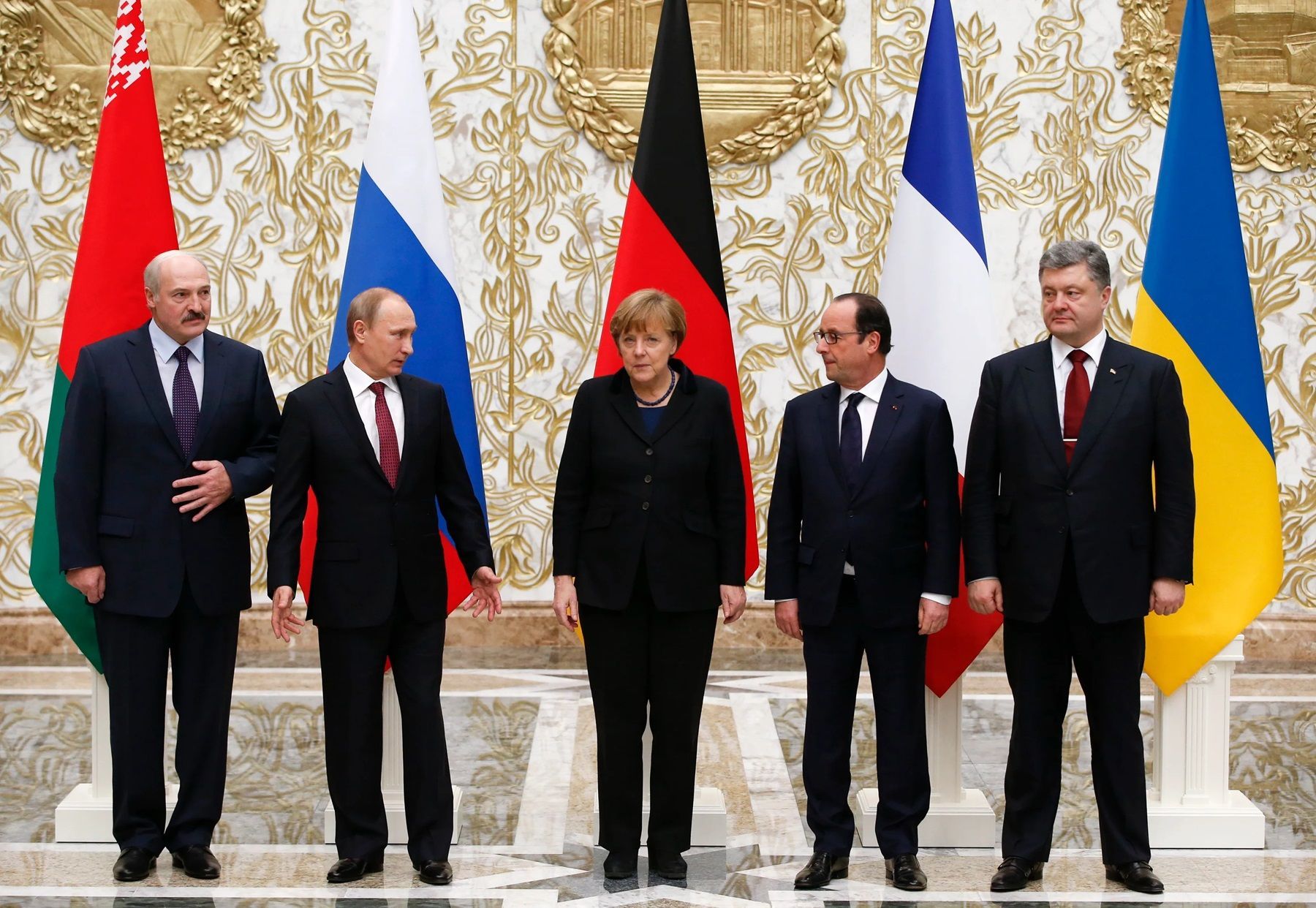
February 12, 2025 marks ten years since the second Minsk agreements were signed, which were supposed to stop the war in Ukraine’s Donbas region. On paper, it looked like a solid plan—halt the fighting, pull back the troops, and find a way for Donetsk and Luhansk to reintegrate into Ukraine. But in reality, it didn’t work out that way. Now, those agreements seem like a distant dream.
After the Euromaidan revolution in 2014, which led to the ousting of President Viktor Yanukvochy who had reneged on his promises of signing a trade association agreement with the European Union, unrest spread to eastern Ukraine, particularly in the Donbas region. As the new, pro-Western government took over in Kyiv, parts of Donbas, like Donetsk and Luhansk, tried to break away, with support from Russia. Moscow provided weapons, money, and even soldiers to back the separatists. Ukraine’s efforts to stop the rebellion through military force weren’t successful, and the conflict quickly escalated into full-scale fighting. By mid-2014, Russia had annexed Crimea, making it even harder to find a peaceful solution, which led to the push for the Minsk agreements.
The second Minsk deal, signed in February 2015, was meant to end the fighting that had already been tearing Eastern Ukraine apart for nearly a year. The plan had two main goals: first, a ceasefire and pulling back heavy weapons, and second, a political plan to give Donbas special status within Ukraine.
The ceasefire did calm things down for a while and prevented full-on fighting. But the political part—the part about Donbas becoming part of Ukraine again with a lot of autonomy—never happened. This failure was one of the key reasons Russia went ahead with its full-scale invasion of Ukraine in 2022.
Looking back, the Minsk agreements weren’t meant to set up war; they were meant to prevent it. But Moscow’s argument that Russia should have invaded earlier doesn’t hold up when you look at the bigger picture. In 2014, Russia wasn’t ready for a full-blown war.
For one, their economy wasn’t in great shape. Oil prices were dropping, and the Russian economy was weaker than it seemed. Plus, Russia’s military wasn’t really prepared for a huge invasion of Ukraine at that time. While Ukraine’s army was small, Russia’s forces were stretched thin across the region, and a full invasion would have been a much bigger challenge. Even Russian military officials were hesitant about taking on a country as large as Ukraine.
So, Russia’s initial goal probably wasn’t to invade all of Ukraine—it was to help the separatists in Donbas fight for independence, and to take control of Crimea, where their forces were already stationed. The first Minsk agreement was supposed to stop the fighting, but it was never going to work because neither side was fully committed to it.
By 2015, after losing significant ground to the separatists, Ukraine’s president, Petro Poroshenko, signed the second Minsk deal. But even though the deal was signed, it didn’t bring peace. Russia still had big plans for Ukraine, and the political terms of the deal were too much for Kyiv to accept.
The Minsk agreements weren’t just about Ukraine and Russia—they had a lot to do with global politics. Moscow was using the agreements to avoid harsher international sanctions and to buy time. Ukraine, on the other hand, had to balance Western pressure with the need to protect its sovereignty. The West wanted peace, but Ukraine wasn’t about to give up control of Donbas.
Over time, Ukrainian leaders realized that even if they agreed to a deal, they couldn’t just let Russia keep its grip on the region. The West was pushing for a peaceful solution, but Kyiv knew that conceding to Moscow’s demands would set a dangerous precedent.
Looking ahead, peace seems harder than ever. Both sides are dug in, with Ukraine demanding stronger security guarantees from the West, and Russia insisting on a peace deal that includes recognition of their territorial gains. The war isn’t just a local conflict anymore—it’s become a broader struggle with global implications.
The big question now is whether there’s any chance for a lasting peace, or if the fighting will drag on until one side gives in completely. Only time will tell if peace is possible, but one thing is certain: the Minsk agreements are a reminder of how hard it is to find common ground when both sides are so far apart.
…

